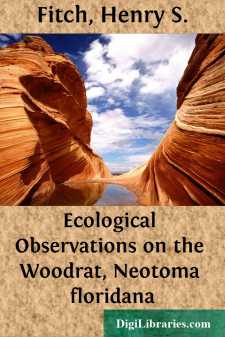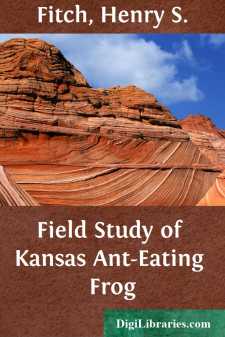Categories
- Antiques & Collectibles 13
- Architecture 36
- Art 48
- Bibles 22
- Biography & Autobiography 813
- Body, Mind & Spirit 142
- Business & Economics 28
- Children's Books 15
- Children's Fiction 12
- Computers 4
- Cooking 94
- Crafts & Hobbies 4
- Drama 346
- Education 46
- Family & Relationships 57
- Fiction 11828
- Games 19
- Gardening 17
- Health & Fitness 34
- History 1377
- House & Home 1
- Humor 147
- Juvenile Fiction 1873
- Juvenile Nonfiction 202
- Language Arts & Disciplines 88
- Law 16
- Literary Collections 686
- Literary Criticism 179
- Mathematics 13
- Medical 41
- Music 40
- Nature 179
- Non-Classifiable 1768
- Performing Arts 7
- Periodicals 1453
- Philosophy 64
- Photography 2
- Poetry 896
- Political Science 203
- Psychology 42
- Reference 154
- Religion 513
- Science 126
- Self-Help 84
- Social Science 81
- Sports & Recreation 34
- Study Aids 3
- Technology & Engineering 59
- Transportation 23
- Travel 463
- True Crime 29
Ecological Observations on the Woodrat, Neotoma floridana
by: Henry S. Fitch
Description:
Excerpt
Introduction
The eastern woodrat exerts important effects on its community associates by its use of the vegetation for food, by providing shelter in its stick houses for many other small animals, and by providing a food supply for certain flesh-eaters. In the course of our observations on this rodent on the University of Kansas Natural History Reservation, extending over an eight-year period, from February, 1948, to February, 1956, these effects have changed greatly as the population of woodrats has constantly changed in density, and in extent of the area occupied.
This report is concerned with the population of woodrats on the Reservation, the changes that the species has undergone, and the factors that have affected it. Our two sets of field data, used as a basis for this report, supplement each other and overlap little, either in time or space. Fitch's field work which covered approximately the western half of the Reservation, was begun in September, 1948, and was pursued most intensively in the autumn of 1948 and in 1949, with relatively small amounts of data obtained in 1950 and 1951 because of the great reduction in numbers of rats. Rainey's field work began in the spring of 1951 and was continued through 1954, concentrating on a colony in the extreme northwestern corner of the Reservation and on adjacent privately owned land. In actual numbers of rats live-trapped and for total number of records the two sets of data are comparable. Fitch's field work consisted chiefly of live-trapping while Rainey's relied also upon various other approaches to the woodrat's ecology. Rainey's findings were incorporated originally in a more comprehensive report (1956), from which short passages have been extracted that are most pertinent to the present discussion. Our combined data represent 258 woodrats (153 Fitch's and 105 Rainey's) caught a total of 1110 times (660 Rainey's and 450 Fitch's). Rainey's records pertain, in part, to woodrats outside the Reservation but within a few hundred yards, at most, of its boundaries.
In the autumn of 1948 the population of woodrats was far below the level it had attained in 1947 or earlier, but the rats were still abundant and distributed throughout a variety of habitats. Almost every part of the woodland was occupied by at least a sparse population. Also, many rats lived beyond the limits of the woodland proper, in such places as deserted buildings, thickets, roadside hedges, and tangles of exposed tree roots along cut banks of gullies. All these situations are characterized by providing abundant cover, a limiting factor for this woodrat.
In 1947, when the population of woodrats was especially high, plant succession on the wooded parts of the Reservation may have been near the optimum stage for the rats. For some 80 years, since the time the land was first settled and prairie fires were brought under control, woody vegetation has been encroaching into areas that were formerly grassland.
About 1934 the University changed its policy with regard to treatment of the tract that was later made the Reservation....






